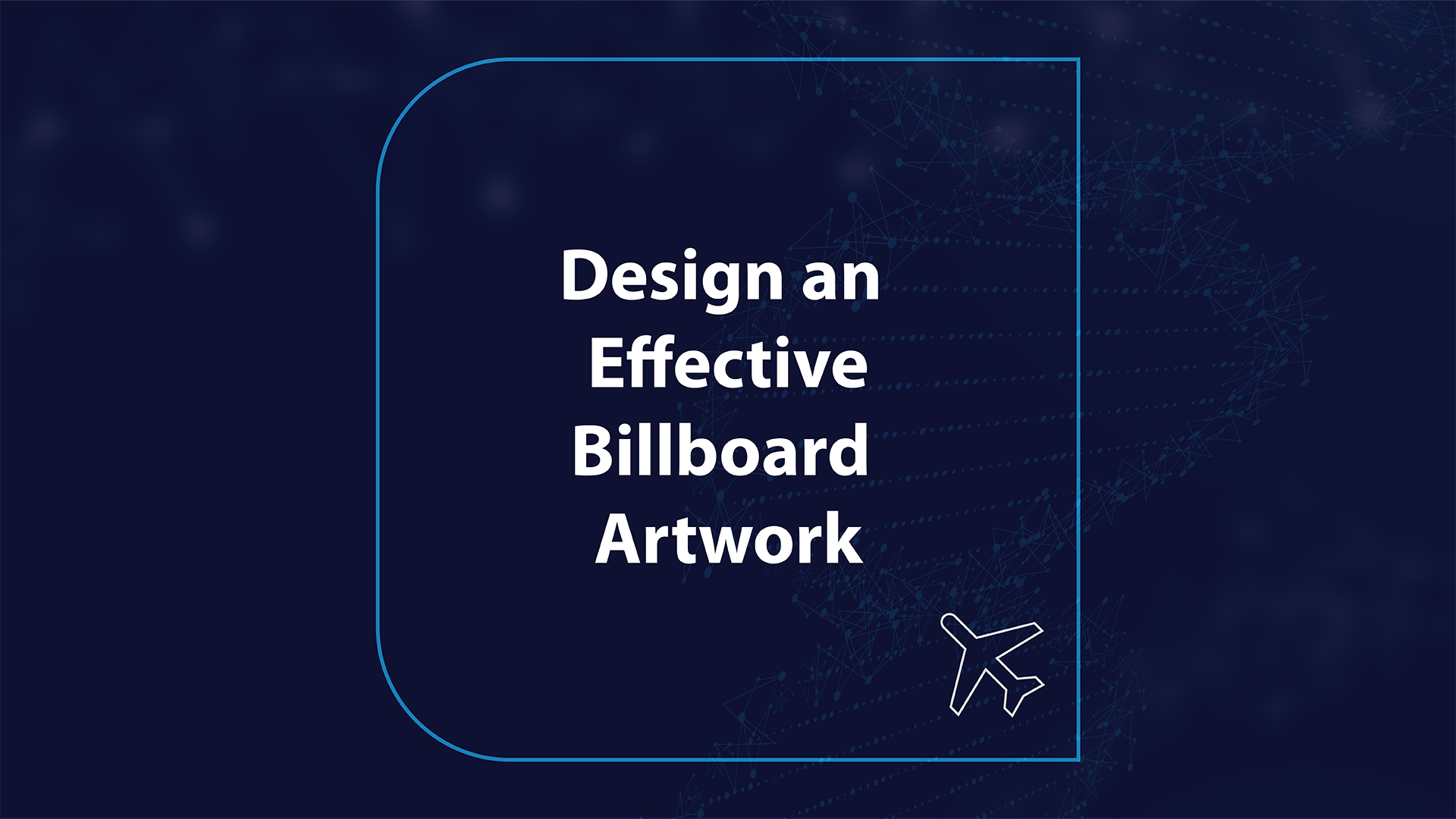Design an Effective Billboard Artwork – the Do’s and Don’ts

Designing effective billboard artwork is an entirely different task than designing artwork for press.
A truly impactful billboard message must be able to do three things:
(i) Grab a person’s attention in a matter of seconds;
(ii) Clearly and succinctly communicate a quick story or message;
(iii) Leave the reader with a memorable and lasting impression.
When designing a billboard one should keep the following in mind:
1. Simplicity – The adage ‘less is more’ is never more true than when applied to billboard design. Your billboard should be clear and have a succinct statement endorsing one core idea or point.
2. Short Copy – Use short simple words with quick and easy comprehension for a ‘punchy’ delivery. Articulate your message in six or seven words maximum to deliver impact.
3. Viewing Time – Always make sure to ask yourself “is my message communicated effectively within the first few seconds?”
4. Large Fonts and Text – It is always a good idea to use an easy-to-read font and simple words. Do not use Italics. Your goal is for people to easily read your message from as far away as possible.
5. Contrasting Colors – High color contrast is one of the keys to good readability. Black, white and bold, primary colors like red, yellow and blue tend to work best. Black text on yellow rates the highest in readability. Avoid using colors like brown and earth tones.
6. Single Image – Use one large image to attract the reader’s eye to the billboard. Multiple smaller images render the overall artwork harder to comprehend and your campaign will likely fail.
7. Simple Background – Use a simple background that does not interfere with your image, copy or logo, and use the blank space to make your fonts, image and logo larger.
8. Call to Action – Is the ‘call to action’ clear in the message? Does your target audience have the necessary information to respond to your ad? For example a phone number, an Instagram logo etc.?
9. Balanced Logo – There has to be a balance between the image and the logo – the logo should not be as big as the image itself. Ideally, aim to have the logo constitute only one quarter of the advertising board size in proportion to the other graphics.
